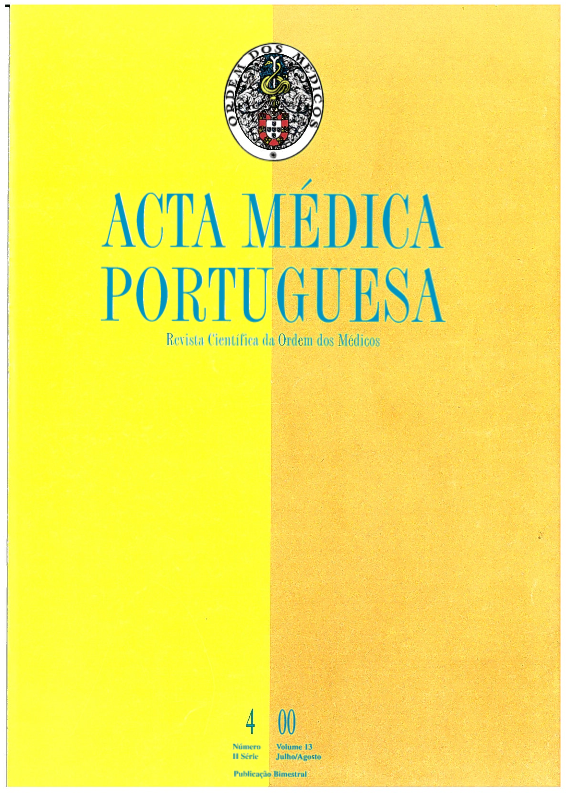Insulin resistance and atherosclerosis.
DOI:
https://doi.org/10.20344/amp.1785Abstract
The western way of life favours the development of a state of insulin resistance, in genetically predisposed subjects. In this state, greater levels of insulin are necessary so that an answer can be obtained and, consequently, hyperinsulinism occurs. Insulin has several target tissues, thus insulin resistance is associated with the dysfunction of a multiplicity of tissues, organs and systems in the body (Syndrome X). All of those dysfunctions together with hyperinsulinism can greatly enhance the risk of atherosclerotic vascular disease. In this article we review the dysfunction at several levels, including blood pressure, endothelium, lipid metabolism and fibrinolytic system and the way they can, together with hyperinsulinism, induce atherogenesis. We review some of the therapeutic options that can reduce this state of insulin resistance as well as the morbidity and mortality associated with atherosclerosis.Downloads
Downloads
How to Cite
Issue
Section
License
All the articles published in the AMP are open access and comply with the requirements of funding agencies or academic institutions. The AMP is governed by the terms of the Creative Commons ‘Attribution – Non-Commercial Use - (CC-BY-NC)’ license, regarding the use by third parties.
It is the author’s responsibility to obtain approval for the reproduction of figures, tables, etc. from other publications.
Upon acceptance of an article for publication, the authors will be asked to complete the ICMJE “Copyright Liability and Copyright Sharing Statement “(http://www.actamedicaportuguesa.com/info/AMP-NormasPublicacao.pdf) and the “Declaration of Potential Conflicts of Interest” (http:// www.icmje.org/conflicts-of-interest). An e-mail will be sent to the corresponding author to acknowledge receipt of the manuscript.
After publication, the authors are authorised to make their articles available in repositories of their institutions of origin, as long as they always mention where they were published and according to the Creative Commons license.









